 |
| August 11, 2020 |
Dear Reader,
Here's a preview of what's featured in today's roundup: - The quest to solve one of the greatest open questions in physics: How can a quantum phenomenon become macroscopic?
- A study found that in areas with lower socioeconomic status, corn-fed animal proteins, which are often found in fast food, were more common than plant proteins in the average diet.
- Indigenous people in the Brazilian Amazon with full ownership rights over their land saw a two-thirds decrease in the rate of deforestation on their land in the world's most important rainforest.
|
| | Sunya Bhutta, Senior Editor, Audience Engagement
@sunyaaa | |
 |
| |
| |
| |
| |
| |
| |
| Space Dark Frontiers: The Science of Black Holes How massive can black holes become? How do astronomers typically observe them? How do they die? Scientific American presents a conversation about these mysterious cosmic phenomena with Yale University astrophysicist Priyamvada Natarajan. |  | By Priyamvada Natarajan,Lee Billings | | | |
FROM THE STORE
 | | | |
| |
LATEST ISSUES
 |
| |
| Questions? Comments?  | |
| Download the Scientific American App |
| |
| |





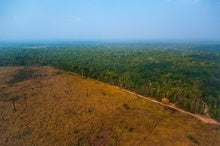
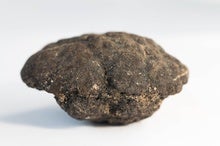
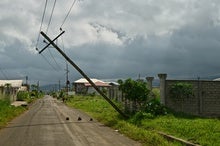
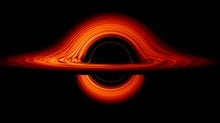
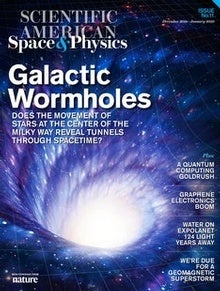

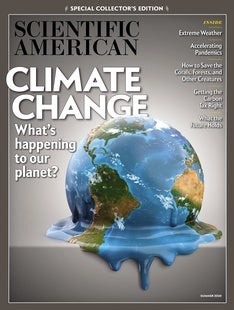

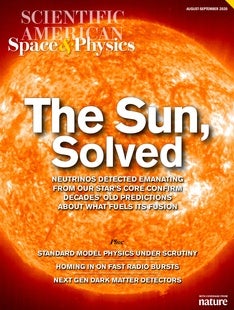
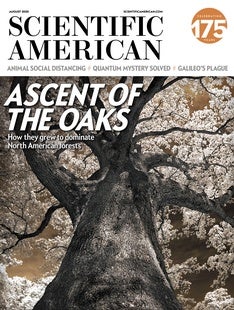
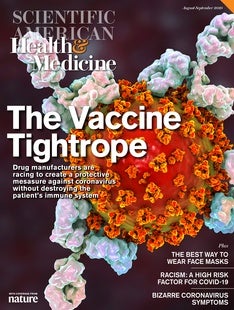



Comments
Post a Comment